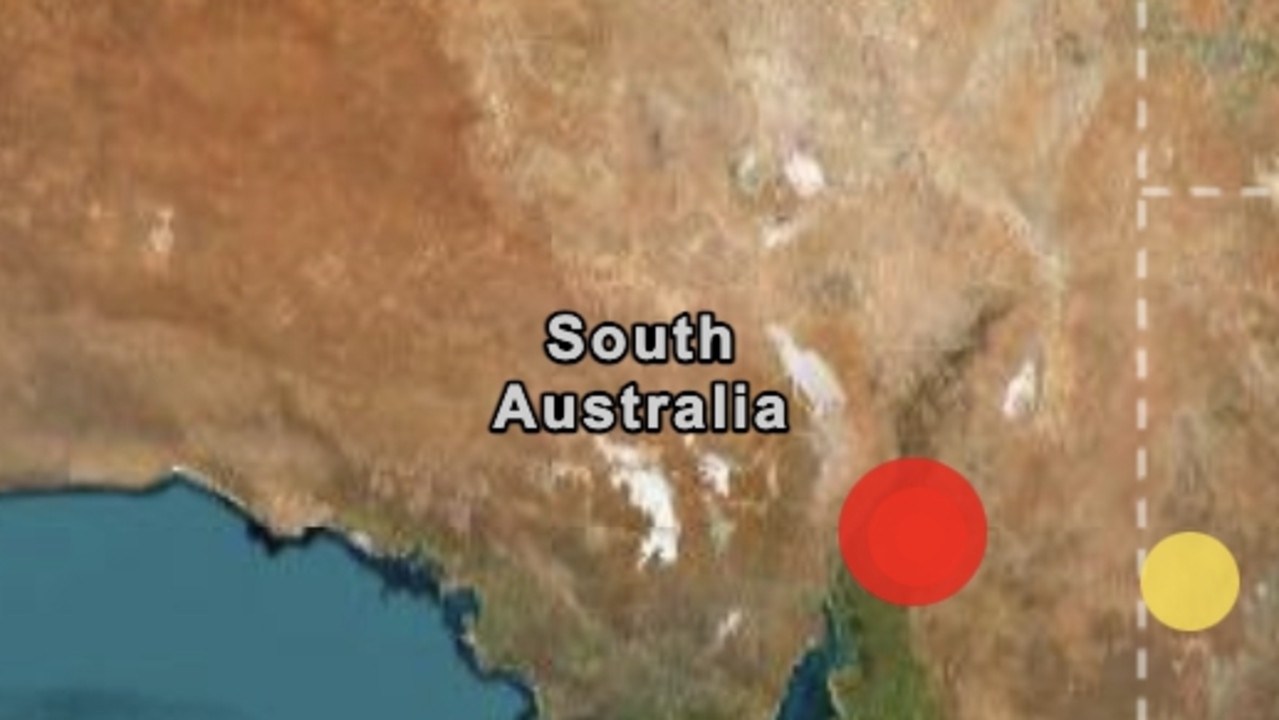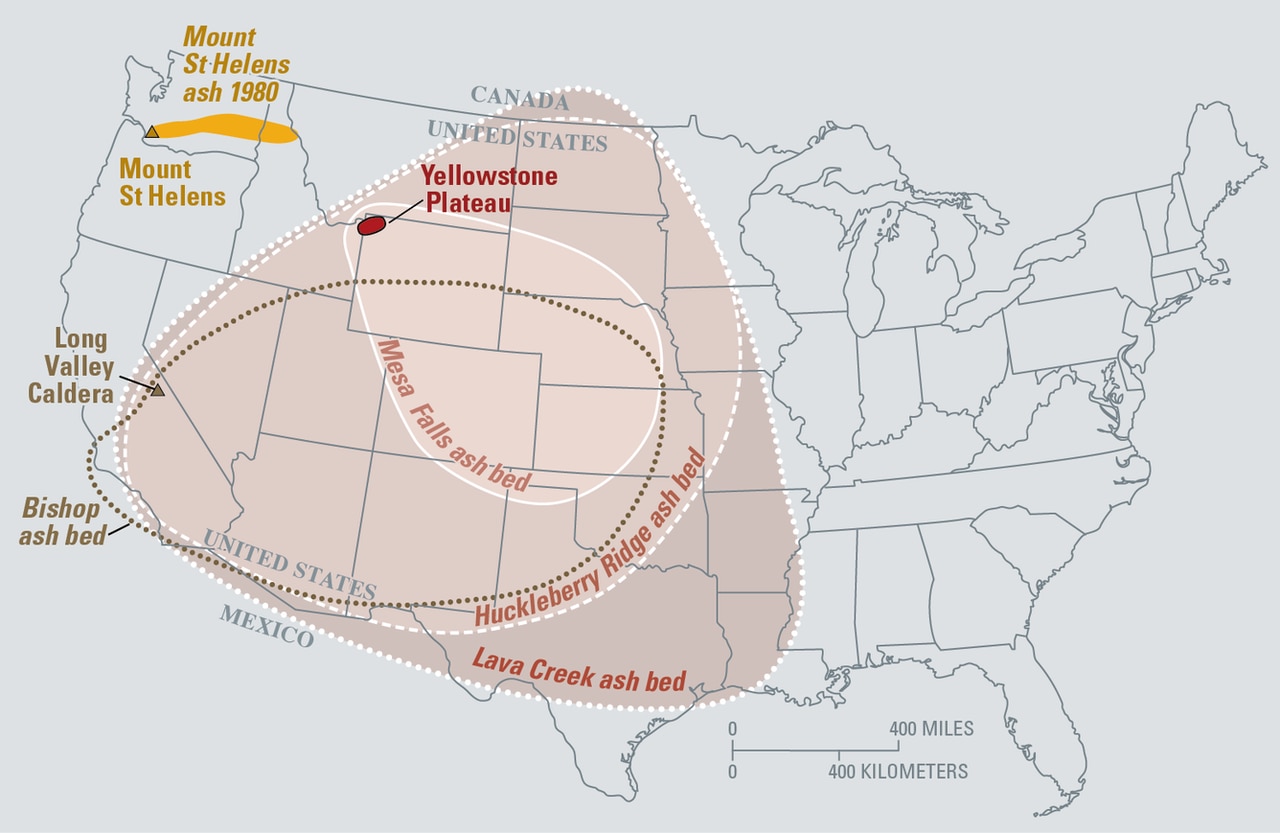700m crack opens up in Wyoming as nature revolts across the world
A “GASH” the size of five footy fields has appeared in Wyoming’s Bighorn Mountains — the latest in a string of mysterious events.
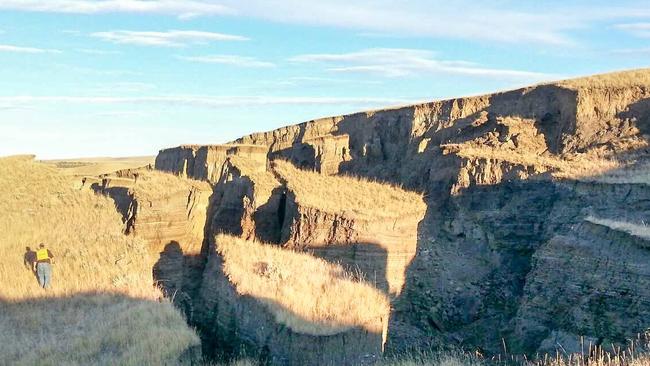
A MYSTERIOUS crack in the earth the size of five football fields has opened up in Wyoming’s Bighorn Mountains.
No one can explain the gigantic tear in the rock, which measures an extraordinary 685 metres long by 48 metres wide.
“The gash”, as locals are calling it, was discovered by hunting organisation SNS Outfitter & Guides, which posted a photo on Facebook in late October. An engineer from the town of Riverton went out to investigate, reporting that there appeared to have been an incredible 14 to 18 million metres of movement.
He believed it was the result of an unusually wet spring loosening the weaker ground under a cap rock, with the damp ground eventually allowing “the bottom to slide out.”
The fissure’s sudden appearance is the latest in a string of unexplained geological events occurring worldwide over the past month.
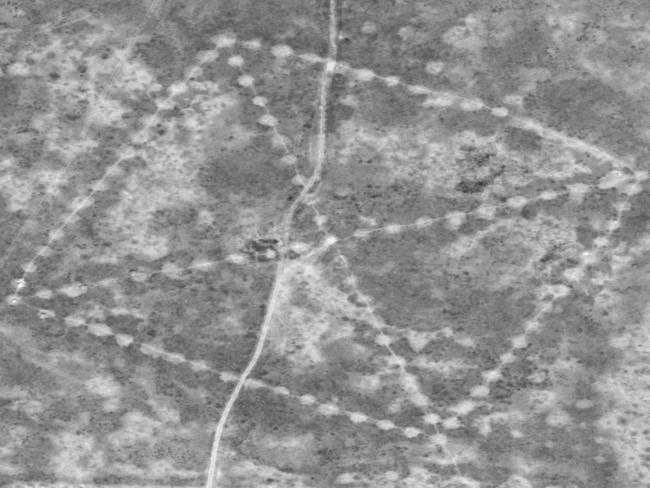
NASA FINDS 8000-YEAR-OLD GEOGLYPHS
The space agency has released arresting satellite images of ancient geoglyphs in northern Kazakhstan, revealing patterns of squares, crosses and rings visible only from far above.
The oldest of the enormous designs, spotted by a Kazakh economist Dmitriy Dey on Google Earth in 2007 and now illuminated in sparkling detail, is thought to be 8000 years old.
After Dey spotted the first pattern, archaeologists visited the Kostanai region and found many more of the so-called Steppe Geoglyphs.
Ushtogaysky square, which is 287 metres on each side, is composed of 101 mounds, with a 400m line running diagonally through the square, Kazakhstani archaeologists recorded. They dated the nearby “Torgay swastika” to some time between the Bronze Age and Middles Ages, named another “Shiliysky square”, and noted many circles, squares and lines similar to the Nazca Lines in Peru scattered around the area.
After Neolithic artefacts were excavated close by, Dey suggested the older patterns could be linked to the Mahandzhar culture of 7000-5000BC. But scientists did not previously believe a nomadic population would stay in place long enough to create such complex structures, the New York Times reported. Their understanding of ancient societies could be set to unravel.
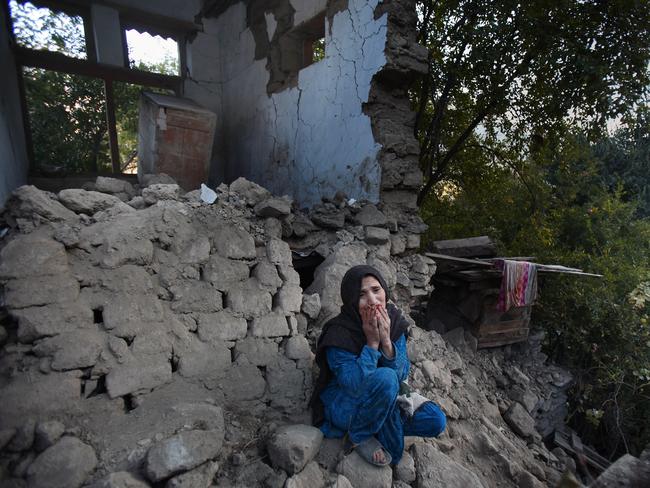
THE DEEP QUAKE
The powerful earthquake that struck Afghanistan and Pakistan a week ago is perplexing for seismologists, because it started 210 kilometres underground.
It was one of the worst quakes of the year, killing more than 380 people, destroying thousands of homes and triggering devastating landslides in the Hindu Kush mountain range. As the rescue effort continues, scientists at the US Geological Survey told National Geographic that “deep quakes” remain a mystery.
It’s well known that earthquakes at the surface occur when tectonic plates rub together, but lab experiments suggest pressure so far down in the earth would deform rock rather than break it and create a seismic wave.
One possible explanation is that rocks within faults rearrange themselves, expelling water that lubricates the fault. Another is “runaway friction”, where a moving part creates heat that destabilises the entire fault.
This area is thought to be particularly vulnerable because the Indian tectonic plate not only slips under the Eurasian Plate, but is “contorted into an S-shape like ribbon candy.”
SINKHOLE CITIES
A sinkhole measuring around 150 metres wide has swallowed six houses and is closing in on 500 more in Benguet, in the Philippines.
A video shot in the small community of Barangay Virac, Itogon, and posted on social media showed buildings dangling over the edge of the steep drop. At least 70 people were evacuated to the local elementary school, Itogon Mayor Victorio Palangdan said.
He blamed the old diversion tunnel of Benguet Mining Corporation for the sinkhole, but the company told the Manila Times the disaster was down to natural hazards in the area. Investigations by the Mines and Geosciences Bureau are under way.
Barangay chairman Noel Bilibli said heavy rains could cause the collapse of more inadequately built tunnels, threatening the lives of many in the community, as well as destroying their homes, schools and places of work.
As the number of sinkholes around the world soars, people in areas prone to the problem are calling for mapping and predictions to pin down when this frightening phenomenon will strike next.


